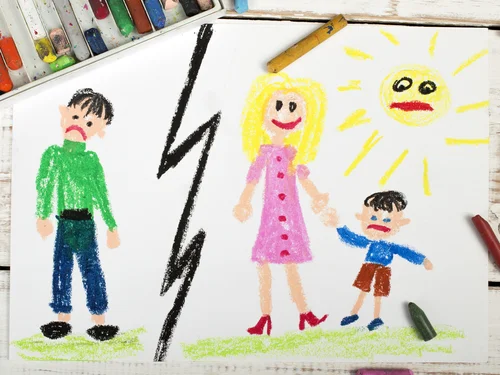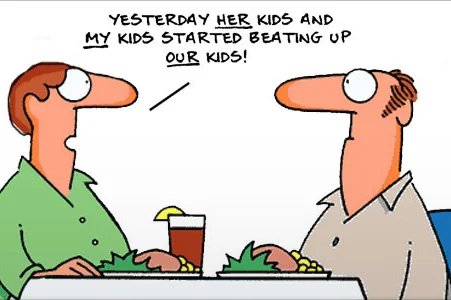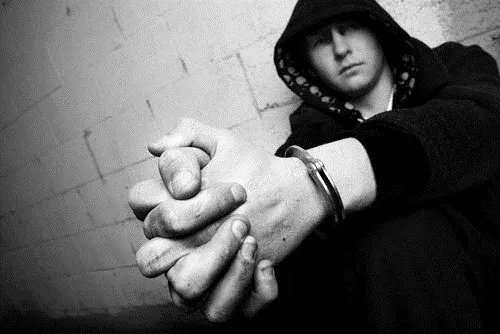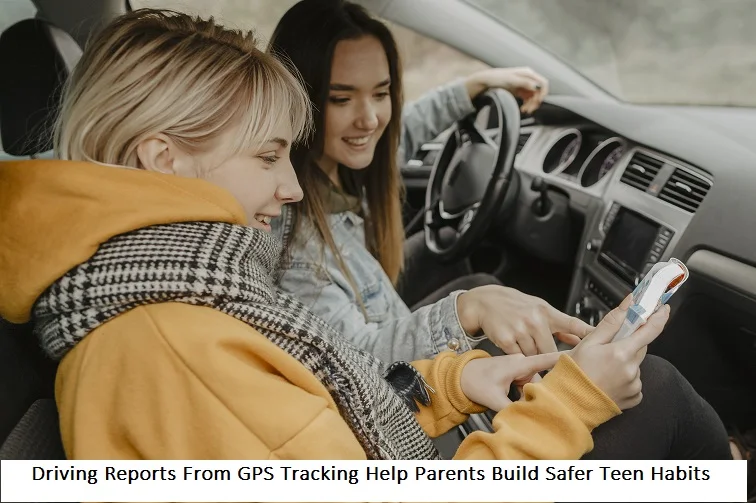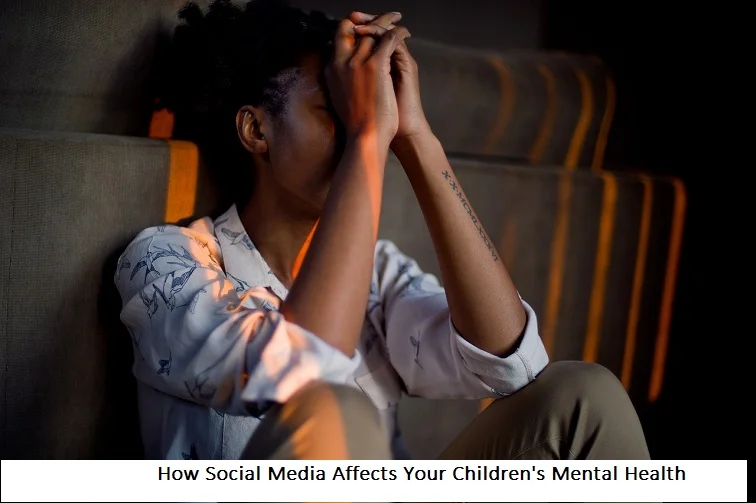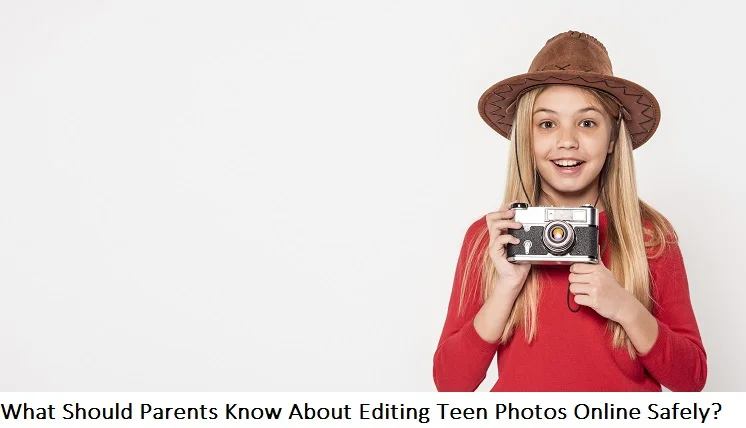+1 845 259 2974 (11 a.m to 7 p.m CST)
Researcher Helps Parents Relax

Being a parent, you probably have a plethora of very good reasons to be concerned about your teen’s online activities. The streets of cyberspace are crawling with threats of all sorts. Since the advent and popularity burst of social media such as Facebook and Twitter, your worries regarding Internet safety for teens may have increased manifold. There have been a large number of horror stories involving teens and social networking sites to make parents wary of its presence in their child’s life, yet the latter are addicted to it. So does this mean that your teen is treading on thin ice? Not quite, or at least that’s the message that researcher Danah Boyd is trying to convey in her book “It’s Complicated: The Social Lives of Networked Teens”.
The Root Cause of the Confusion
You may have noticed that teens tend to behave differently, or rather strangely on the Internet. Online safety tips seem like a probable solution to this strangeness, yet it often proves ineffective. Boyd, who spent eight years studying teens and their social media behavior for her book, dedicated an entire chapter to address this issue. She attributed teens’ strange online behavior to “context collapse”, explaining that like adults, young people struggle to figure out how to present themselves in different contexts. Determined for affirmation and appreciation by their peers, they try to come off as cool and interesting, donning a personality that doesn’t go down too well with adults and professionals.
Misinterpretation of Teen’s Online Behavior
One more thing that Boyd has stressed on in her book is that teens’ online behavior cannot be interpreted unless its proper context is understood. According to her, teens are doing what they always do, but since their lives are more public now, their mistakes get noticed more often. She also feels that adults are quick to pass judgments on a child’s behavior without truly understanding why the latter is acting or behaving in a certain manner. What they mostly fail to understand is that teens use social media and phones to escape the real-world stresses and simply enjoy some entertainment.
Normal Doesn’t Mean Safe
Boyd may be trying to convince you and legions of other concerned parents, educationalists and journalists that “the kids are all right” and that their online behavior is quite normal, but nowhere is she suggesting that you cease all efforts to ensure your teen’s online safety. In fact, her research and book intends to give you a better understanding of your teen’s digital virtual life and use the knowledge to provide them with better protection.
Many of the things that Boyd has mentioned in her book are considered obvious facts by teens. Yet, you, along with countless other adults, may have failed to realize them. “It’s Complicated: The Social Lives of Networked Teens” does a commendable job of explaining the issue without over-simplifying it.






